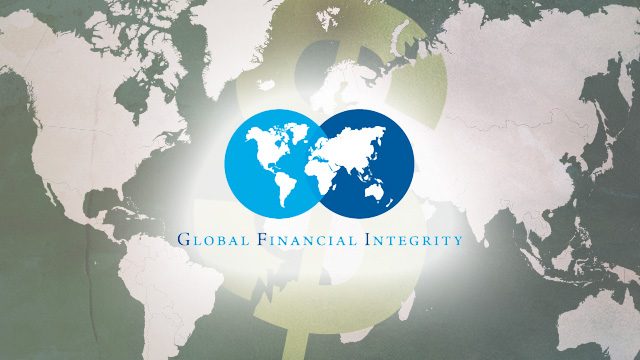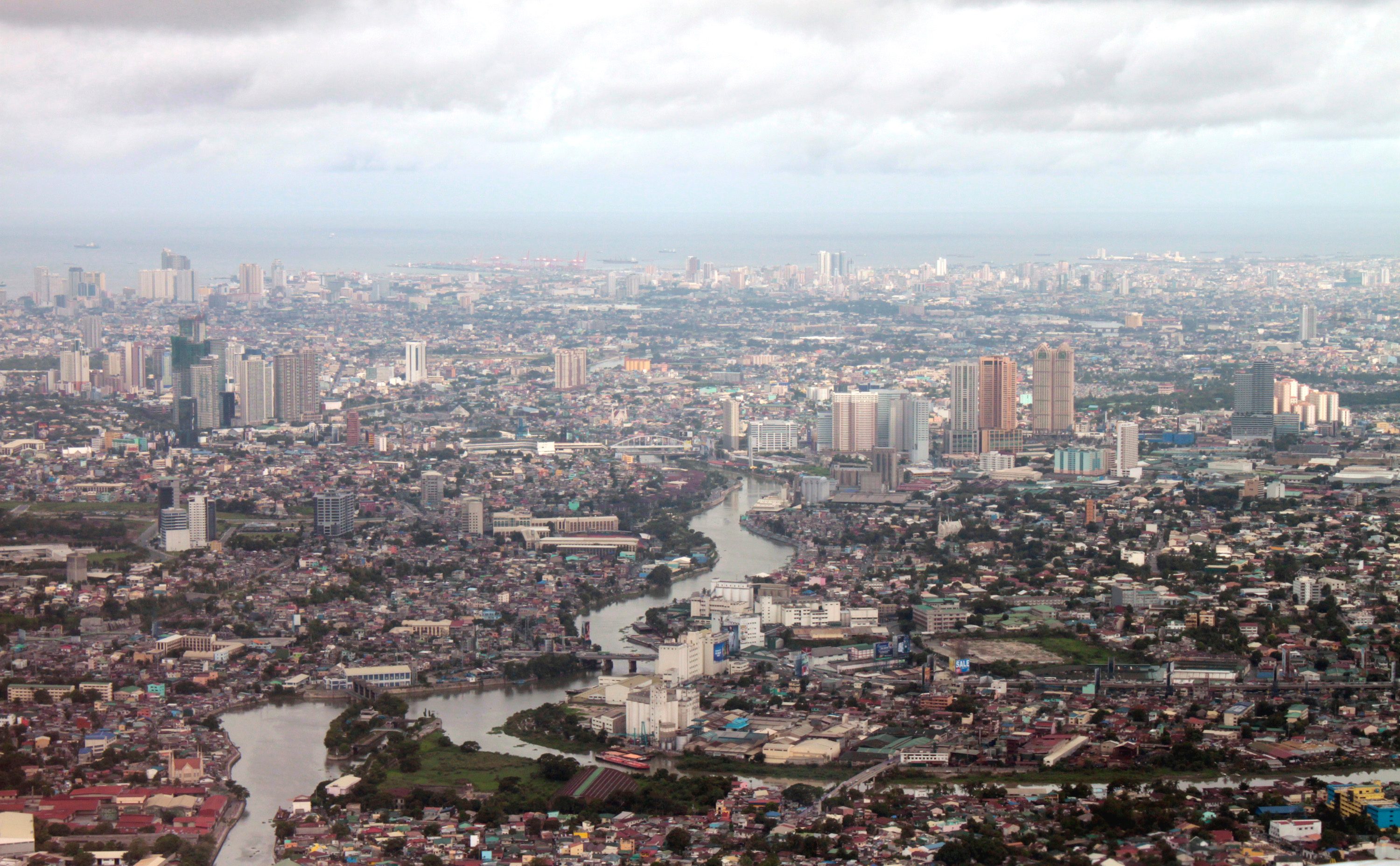SUMMARY
This is AI generated summarization, which may have errors. For context, always refer to the full article.

MANILA, Philippines – A recent study by Global Financial Integrity (GFI), a US-based research and advisory organization, showed the illicit flow of money out of developing countries has remained “persistently high,” accounting for a combined average of 14.1% to 24% of total developing country trade from 2005 to 2014.
“The order of magnitude of these estimates, much more so than their exactitude, warrants serious attention in both the developing countries and the wealthier world,” said Raymond Baker, GFI president, in a statement released Monday, May 1.
In 2014 alone, the year for which latest comprehensive data is available, illicit flows of money or illicit financial flows (IFFs) were valued at nearly US$1 trillion or 4.2-6.6% of developing country total trade.
Findings come from a GFI study entitled “Illicit Financial Flows to and from Developing Countries: 2005-2014,” the first of its kind to track illicit financial outflows and inflows on equal footing.
According to the report, both types of flows represent a challenge to economic and social progress in the developing world.
“Together, illicit inflows and outflows sap the crucial financial resources needed to reach the (UN) Sustainable Development Goals,” said Baker.
Philippines
The Philippines is no stranger to the flow of illicit funds.
In 2016, the country witnessed one of the biggest money laundering scandals to hit the local banking industry – the RCBC money-laundering scam. At least US$ 81 million of the stolen $101 million from the Bangladesh Central Bank’s account with the Federal Reserve Bank of New York, was coursed through the country.
Diving into IFF figures, a total of 148 countries, including the Philippines, were part of the study conducted by GFI.
In 2014, illicit financial outflows were seen at about a low estimate of 5% and a high estimate of 6% of total country trade. Likewise, inflows counted for a low estimate of 18% and high estimate of 31% of total country trade.
These illicit funds account for the illegal movements of money or capital from one country to another. According to GFI, IFFs are defined as illicit “if the funds crossing borders are illegaly earned, transferred, and/or utilized. If the flow (of funds) breaks a law at any point, it is illicit.”
But what might the IFFs’ share of total country trade look like in terms of its monetary value?
As of 2014, illicit inflows added up to an estimated low of US$ 24,336 million and a high of US$ 41,628 million, whereas illicit outflows were valued at an estimated low of US$ 6,687 million and a high of US$7,640 million.
Latest data also revealed that in 2014, total IFFs in the Philippines was about US$132,772 million.
Meanwhile, from 2005-2014, total IFFs was pegged at an estimated US$ 1,088,202 million.
Sources
The study noted that IFF measures stem from trade misinvoicing and leakages in the balance of payments.
However, GFI found that trade misinvoicing in particular, counted as the primarily measurable means by which funds are illicitly shifted in and out of developing countries.
Data on the Philippines showed trade misinvoicing of outflows average 2-3% of total country trade, while inflows averaged 18-31% as of 2014.
Historical data likewise revealed trade misinvoicing of outflows from 2005 to 2014 counted for an estimated 5-6% of total country trade. Likewise, inflow trade misinvoicing was pegged at about 14-23% of total country trade over the same period.
According to the study, trade misinvoicing “is accomplised by misstating the value or volume of an export or import on a customs invoice.”
GFI added that such practice is a form of trade-based money laundering “made possible by the fact that trading partners write their own trade documents, or arrange to have documents prepared in a third country, typically a tax haven.”
GFI explained that such manipulation allows vast amounts of money to flow across international borders “quickly, easily, and nearly always undetected.”
Overall, the study found that an average of 87% of illicit financial outflows from developing countries were due to such fraudulent misinvoicing, with the Sub-Saharan region of Africa experiencing the highest levels of illicit outflow.
Similarly, the propensity for illicit inflows was highest in Asia and Eastern Europe.

Policy recommendations
Although the measurements are not precise, GFI maintains the significance of IFFs in the context of social costs, which may be incurred by developing countries.
“Years of experience with businesses and governments in the developing world have taught us that the decision to bring illicit flows into a particular developing country often marks only the first phase of a strategy to subsequently move funds out of the country,” said Baker.
Significant findings of the study observed an IFF growth rate of 8.5-10.1% annually over the 10-year period.
“Whatever the factors motivating IFFs, a proliferation of IFFs generally signals unproductive accumulations of weatlh that can have corrosive effects on developing countries,” reported the study.
If left alone, countries with a proliferation of IFFs are more likely to face diminished credibility of governance and increased inequality.
Thus, policy recommendations to address the issue included:
- Establishment of public registries of verified beneficial ownership information on all legal entities
- Banking institutions’ knowledge of true beneficial owner(s) of any account in their financial institution
- Full and strong implementation of the Finacial Action Task Force’s anti-money laundering recommendations
- Requirement of multinational companies to publicly disclose financial information on a country-by-country basis
- Active country participation in the worldwide movement towards the automatic exchange of tax information
- Government signing on to the Addis Tax Initiative, an international initiative which fights inappropriate tax practices, to support efforts to curb IFFs
Additional recommendations to curtail trade misinvoicing included:
- High level of scrutiny employed by custom agencies in monitoring trade transactions where a tax haven is involved
- Training of customs officers to better detect intentional misinvoicing of trade transactions by equipping them with access to real-time world market pricing information at a commodity level
GFI measured IFFs over the 10-year period with data gathered from the International Monetary Fund’s Direction of Trade Statistics, which the organization maintains is the best available for the time being. – Rappler.com
Add a comment
How does this make you feel?





There are no comments yet. Add your comment to start the conversation.